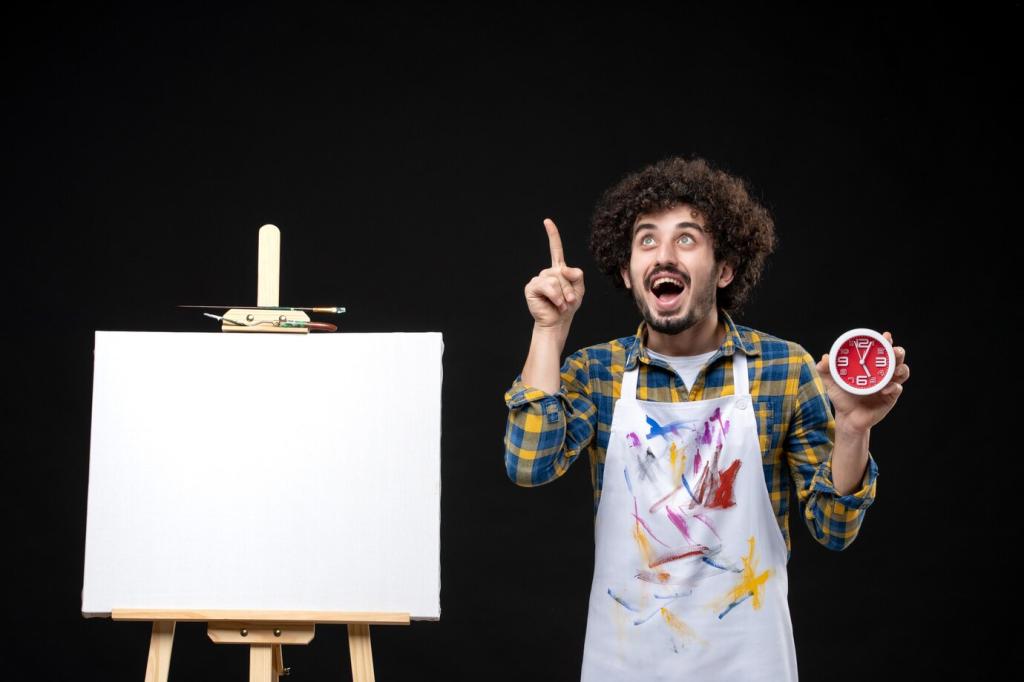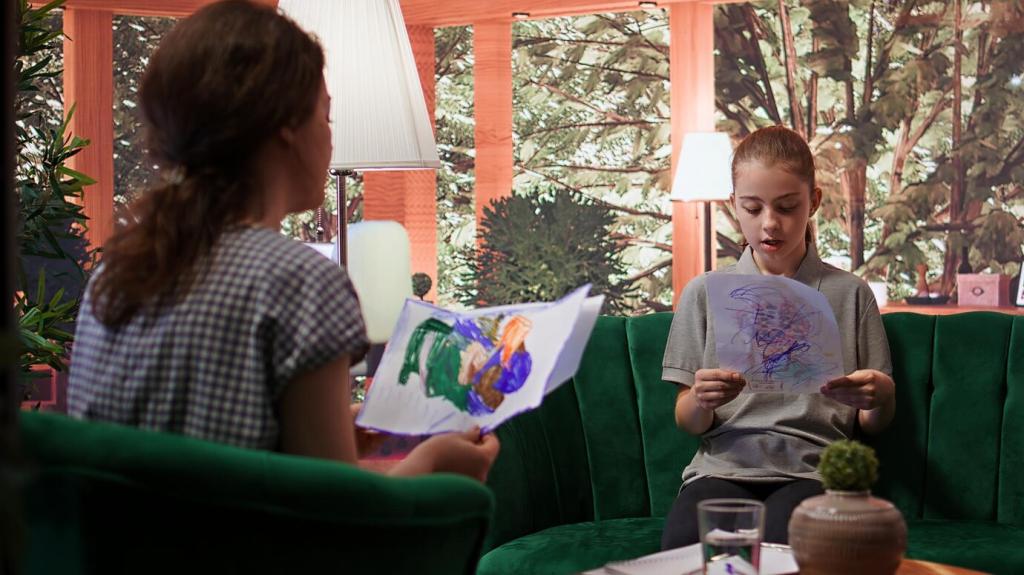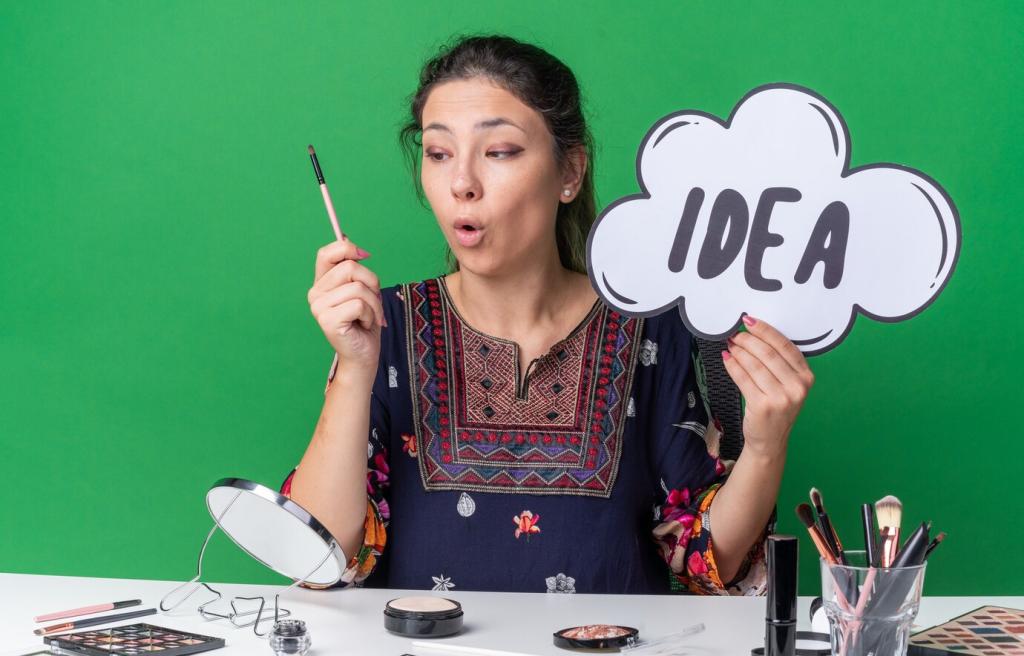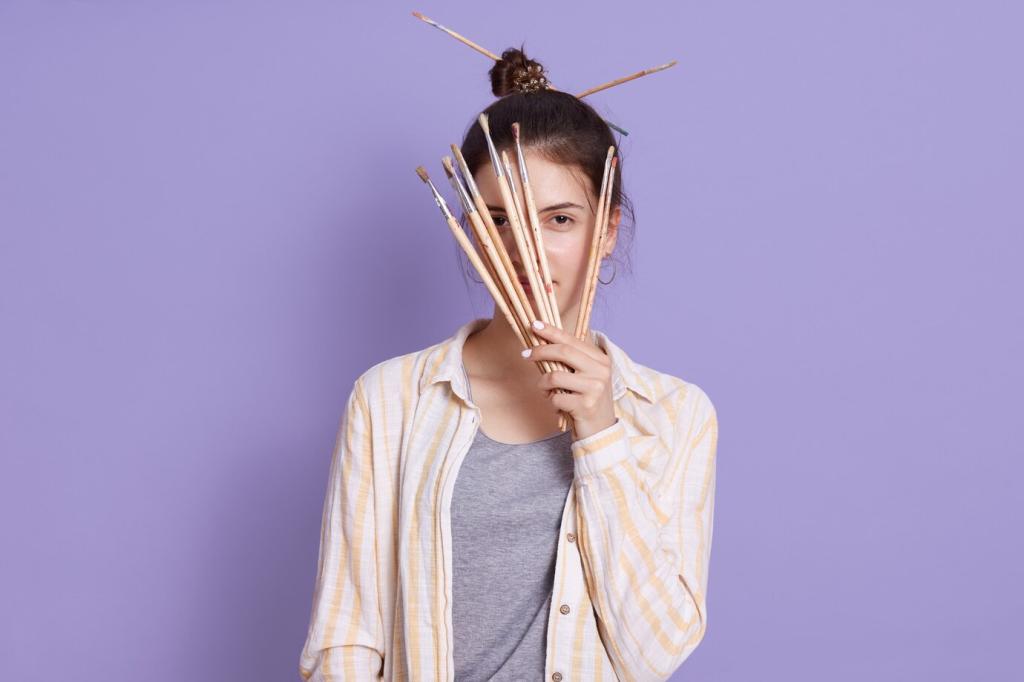Anatomy, Geometry, and Forbidden Curiosity
Leonardo sketched muscles, valves, and curled fetuses with compassionate precision, working with physicians when he could. Dissections were socially fraught, but curiosity prevailed. His notebooks reveal an artist chasing truth in sinew and shadow, long after the candles guttered.
Anatomy, Geometry, and Forbidden Curiosity
From Brunelleschi’s experiments to Piero della Francesca’s treatises, geometry promised order in a chaotic world. Vanishing points disciplined space, guiding viewers’ eyes—and sometimes their souls—toward meaning. Do you feel calmer when a painting’s architecture clicks into perfect alignment?








